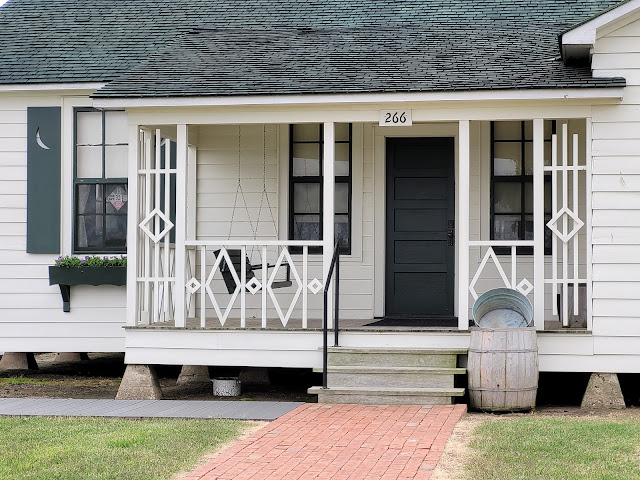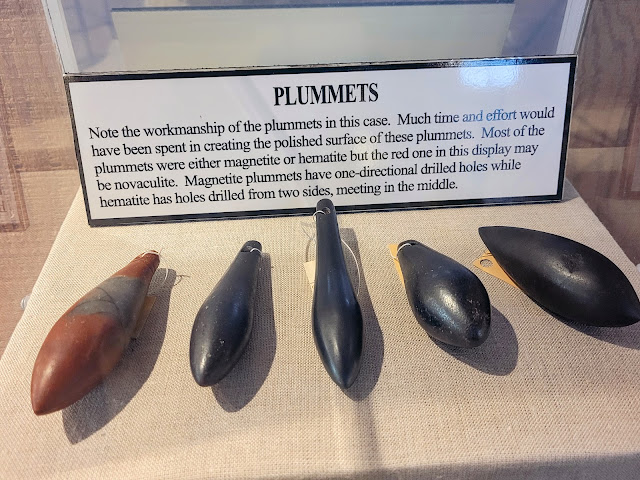2022-4
Historic Dyess
Colony
Johnny Cash’s
Boyhood Home
Campground: Delta Fairgrounds, Kennett Missouri. $20 full hookups 50 amp. $300 for monthly stays, electric included. Directly across from Walmart, Dollar Tree, shops.
 |
| Delta Fairgrounds, Kennett Missouri. |
After leaving my last C.O.E. campgrounds in Mississippi, I traveled through the corners of Tennessee, Arkansas and Missouri. Only taking a couple of hours to accomplish all that driving. But I’m going to share information about the Dyess Colony and Johnny Cash’s boyhood home.
 |
| Late planting season in Arkansas lots of rain this spring |
This seasons travels are once again, concentrating on the smaller venues and attractions, avoiding the larger national parks and crowds. Covid, still being a concern, but a bit less so since I have been vaccinated 4 times. Still, just a day or two ago, reports of a mother and her son in our Shelter Cove Florida community getting Covid and needing to go into the hospital are enough to remind me, that precautions still need to be taken.
Historic Dyess
Colony
Johnny Cash’s
Boyhood Home
 |
| The administration building where taxes and payments were made after the crops were harvested Now a museum on the history of the town and Johnny Cash Very good exhibits |
 |
| shops and stores once lined the circular town center |
 |
| the Theatre is now part of the visitor center |
The Dyess Colony is situated on 16,000 acres of wetlands. The land was drained and the cypress trees were cut down, 4 sawmills were set up on site. The lumber was then used to construct 500 modest homes each on at least 20 acres. Two worthy families from each county in Arkansas were selected to move into the new homes and farm the land. All as a part of Franklin Delanor Roosevelt’s New Deal during the great depression.
It quickly became apparent that the 20 acre plots were barely enough to grow food for each family. John Cash’s family consisted of 9 people in the two bedroom house. Eventually after paying off the house and land, some farmers moved on, and others who could afford it, would purchase their 20 acres to enable them plant enough crops to actually make a living.
The experiment did help many families, but the size being half what would be normal to help a family out of poverty was a decision the Government made since prices of crops was so low, the Government was actually paying farmers not to plant crops. So by reducing the size of the farms, it insured that the market would not be glutted with too much wheat, corn, cotton, etc.
Now what brought me here of course was to see the home that Johnny Cash grew up in from age 3 until his graduation at 18. He did sing in church and his mother played a piano, but he did not get a guitar until he joined the air-force and was stationed in Germany. Learning to play the guitar hoping one day to be able to sing on the radio.
The two bedroom home has been beautifully restored. Cash’s mother never painted the walls, so during restoration, at least 6 to 9 layers of paint was stripped to bring it back to the way it would have been when the Cash family first moved in. Original linoleum flooring, some furniture include a side table that Johnny built in school. During his time in school, they built furniture, not just simple things like a bread board.
 |
| Johnny Cash built this in highschool |
 |
| two people/kids to each bed |
 |
| smoke house and small barn |
His song writing included so much material from his time growing up on the small farm in Arkansas. When Johnny Cash made his first record at Sun Records in Memphis, Hey Porter and Cry, Cry, Cry. They were a modest success. Followed up by Folsom Prison Blues and I Walk the line. Both becoming number 1 hits. His first check that he received was for over $2,000 and was what his father earned working the farm for a full year.
To be in the small community, current population around 390, to visit the small town center, read the descriptions of life back then. And of course, take a small tour bus out to the home where Johnny grew up was a pretty darn good day. To my way of thinking.
More Pictures:
Johnny Cash boyhoodHome 73 photos










































